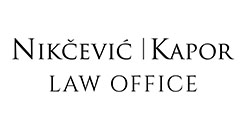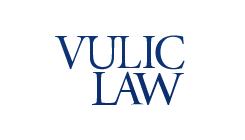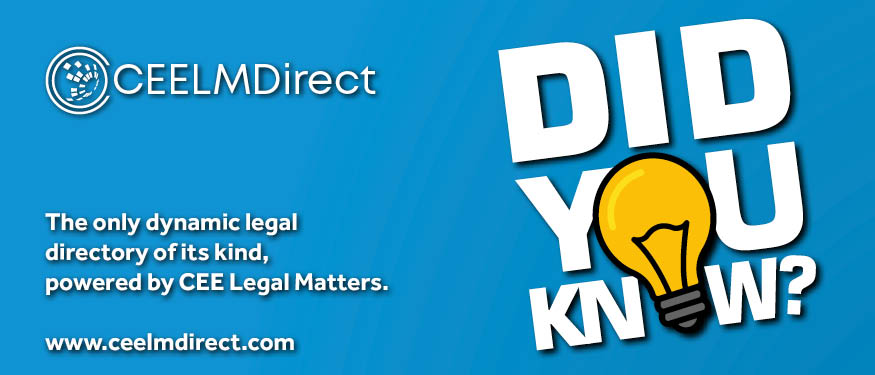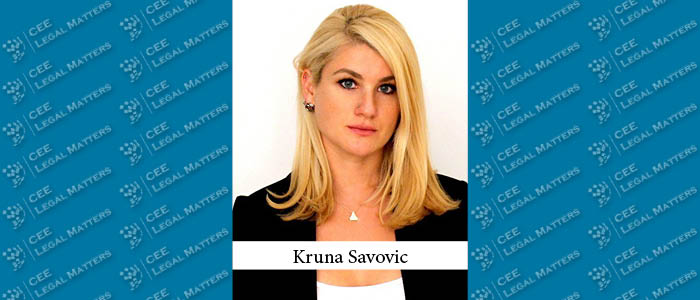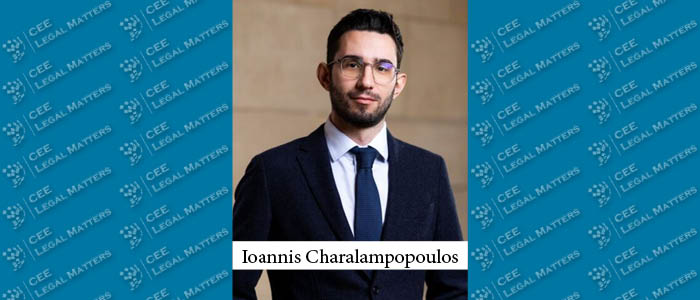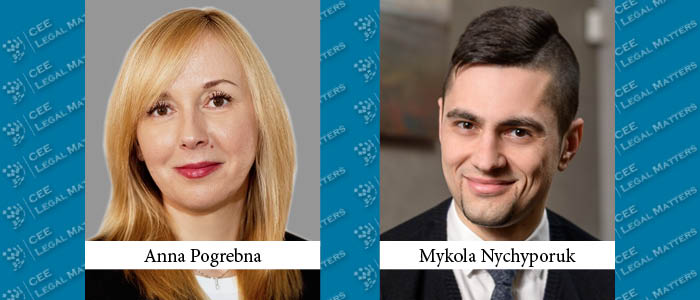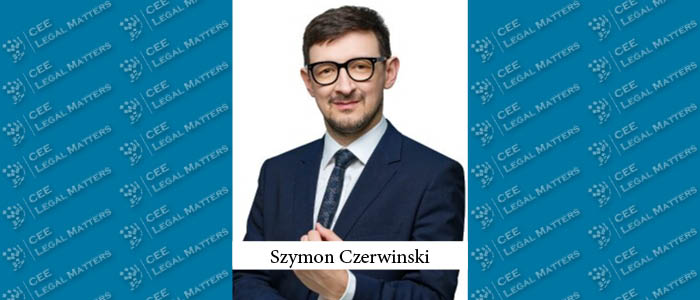Before any of our readers ask: indeed, Moore’s Law is not really a law. Rather, it reflects the prediction by Intel Co-Founder Gordon Moore in 1965 that, based on his observation at the time that the number of transistors per square inch on integrated circuits had doubled every year since the integrated circuit was invented, that trend would continue into the future. Many since have described his prediction as the rhythm of the beating heart of technological developments.
While Moore himself predicted that this annual doubling would continue until 2020, by 2015, articles began appearing claiming that shrinking transistors at the pace described by Moore will no longer be viable. A year later, that seemed to be the consensus, with one MIT Technology Review headline reading “Moore’s Law Is Dead. Now What?”
The article came to my mind recently, not simply because it assumed Moore’s Law was no longer applicable, but because it raised a natural question: with that doubling process no longer possible, what new ways could be found to improve computing speed and potential?
The year 2016 was a turning point for us at CEE Legal Matters as well. With lessons learned, networks developed, and a team backing us up, we had grown our publication’s coverage at a whopping pace. The deal list we ran in the first issue of this magazine, back in February 2014, included a whooping 39 deals that we had covered on the CEE Legal Matters website in the previous two months. Two years later, our December 2016 issue featured 213. In 2015 we switched from one market focus per issue, to two, and began introducing new and now regular features such as the “Face-to-Face Interviews,” the “Corner Office” segments, the “CEE Building Block” series, and so on. As 2016 came to a close, we became convinced that, in terms of size and scope, the magazine was at a maximum, and additional forms of content were no longer necessary. We found ourselves faced with the same question asked by that MIT Technology Review article about the conclusion of Moore’s Law: What next?
At a long-ranging conversation for several hours in a Czech pool hall, we concluded that the time was right to push the button on a dream we have had since the beginning, and, with this, the first issue of Volume 4, the CEE Legal Matters magazine now moves to a monthly rather than a bimonthly publication schedule.
In a world that sees print publications in strategic retreat mode across the board, we’re excited by the positive feedback we’ve received from our readers and friends (frequently overlapping groups) about the news. And we’re excited to have more room to improve our ability to perform our mission: providing “In-depth analysis of the news and newsmakers that shape Europe’s emerging legal markets.”
But the most exciting part is that we are not alone in this mission. Our recent Special Year End Issue featured a cover with photographs of the over 300 leading lawyers in CEE that contributed their expertise to various articles in the CEE Legal Matters magazine throughout 2016. It is because of the network of our readers and contributors that we’ve been growing. We look forward to expanding that growth even more. Always.
So, without further ado, here it is, the first monthly issue of our magazine, along with a promise that for this legal publication, law-breaking will continue to be our norm as we refuse to let the end of Moore’s Law rule our growth.
By Radu Cotarcea, Managing Editor, CEE Legal Matters
This Article was originally published in Issue 4.2 of the CEE Legal Matters Magazine. If you would like to receive a hard copy of the magazine, you can subscribe here.


